|
|
|
Modernism (literary-artistic-cultural period, app. 1900-1950) see also Periods |
Modernism is not identical to modernity or modernization, though these terms' meanings overlap.
Modernism is a recent period of Western or World Civilization; modernity or modernization is a historical process rather than a period.
Modernization or modernity is ongoing since emergence of humanism and modern science in Classical Greece, or at least since the Renaissance.
![]() Modernization replaces or transforms traditions, collective identities, and past-orientations
with revolutionary activities such as doubt,
inquiry, individualism, and future-orientation.
Modernization replaces or transforms traditions, collective identities, and past-orientations
with revolutionary activities such as doubt,
inquiry, individualism, and future-orientation.
![]() The simplest understanding of
modern culture is in contrast with tradional cultures, which prevailed through
most human history and prehistory and still survive today in family life, rural
and religious communities, etc.
The simplest understanding of
modern culture is in contrast with tradional cultures, which prevailed through
most human history and prehistory and still survive today in family life, rural
and religious communities, etc.
Like the Renaissance, the Enlightenment, and Romanticism, Modernism is a period or movement—an international movement in European, American, and World art, literature, and culture.
Modernism occurs approximately 100 years after Romanticism (late 1700s - mid-1800s or later) and, more precisely, after the Realistic period in American literature and the Victorian / Edwardian periods in England.
Modernism begins in the late 1800s or early 1900s--a convenient starting point is just before World War 1 (1914-18).
Modernism continues till the mid-1900s (end of World War 2 in 1945) when it may be succeeded by Post-Modernism
Or Modernism continues even now, if Post-Modernism or postmodernism is just more Modernism.
Like other major cultural movements such as the Renaissance, the Enlightenment, or Romanticism, Modernism is both international and interdisciplinary (or multimedia, etc.).
![]()
Historic Dimensions of Modernism (esp. in literature)
Modernism begins in the late 1800s or early 1900s, climaxing from the 1910s to 1930s as writers and artists throughout Europe, the USA, and beyond create and publish numerous revolutionary works that are still recognized as titanic and influential, even if, a century later, their application as models grows more remote and limited.
The great decades of Modernism parallel profound world events, particularly the two World Wars (1914-18 & 1939-45) and the Great Depression (1929-1940?).
World War 1 is often seen as a starting event of Modernism. The devastation and disillusion of Western Civilization in the Great War accelerated and deepened Modernist thinking. However, harbingers of Modernism are visible in late fiction of Henry James and Joseph Conrad, poetry of Charles Baudelaire and Arthur Rimbaud, or late Impressionist paintings by Manet or Monet.
Monumental political revolutions or reforms are contemporary with cultural Modernism: Russian Revolution (1917), Nazism & Fascism (1930s), USA New Deal (1930s), Chinese Revolution (1946-52).
Modernism may or may not end at mid-20th century, depending on definitions of postmodernism, but certainly the heroic age of Modernism has passed; the current cultural era may be, like Realism following Romanticism, both an extension of and an exhaustion from a revolutionary period.
Breakdown of Western Civilization in World Wars 1 & 2 > intense questioning of cultural sources and aims
Reaction against formal limits of Realism and optimism of Victorian literature > experimental forms, pessimism.
Among Modernism's most controversial legacies is a divorce or schism between high art in perpetual revolution from established forms appealing to elite audiences, and low or popular art appealing to base instincts and nondiscriminating tastes.
![]()
Characteristics of Modernism (esp. in literature)
![]() destabilization and fragmentation of reality > surprising
and sometimes inconsistent metaphors for interior states
destabilization and fragmentation of reality > surprising
and sometimes inconsistent metaphors for interior states
![]() Realistic details > symbolic, suggestive,
allegorical within mythic narratives or
frames
Realistic details > symbolic, suggestive,
allegorical within mythic narratives or
frames
![]() narration through
fragmented, internalized, or multiple perspectives or
viewpoints; e.g. Faulkner's The Sound and the Fury (1929); Woolf''s
To the Lighthouse (1927)
narration through
fragmented, internalized, or multiple perspectives or
viewpoints; e.g. Faulkner's The Sound and the Fury (1929); Woolf''s
To the Lighthouse (1927)
![]() unification of fragmenting reality through internalized or interior perception,
as in stream-of-consciousness (< influence of Freud, theories of
conscious and unconscious)
unification of fragmenting reality through internalized or interior perception,
as in stream-of-consciousness (< influence of Freud, theories of
conscious and unconscious)
![]() inner-outer correspondence of Romanticism
> interiority, psychological reality, all reality translated into mental
states or symbols.
inner-outer correspondence of Romanticism
> interiority, psychological reality, all reality translated into mental
states or symbols.
![]() non-linear time, or other distortions of time-conventions
in Realistic fiction; e.g., Joyce's Ulysses (1922), Faulkner's Sound & Fury (1929)
non-linear time, or other distortions of time-conventions
in Realistic fiction; e.g., Joyce's Ulysses (1922), Faulkner's Sound & Fury (1929)
![]() Classical or mythic forms refashioned or made new
(<archetypal psychology of Jung; advanced classical scholarship)
Classical or mythic forms refashioned or made new
(<archetypal psychology of Jung; advanced classical scholarship)
![]() Allusiveness: symbolic references to or
self-conscious intertextuality with prior literary monuments
Allusiveness: symbolic references to or
self-conscious intertextuality with prior literary monuments
![]() self-consciousness and
irony
concerning literary and social conventions > admitted artifice in
representation.
self-consciousness and
irony
concerning literary and social conventions > admitted artifice in
representation.
![]() Primitivism: ("Belief, thought, or behaviour of a primitive or
instinctive nature; the advocating or idealization of that which is simple,
unsophisticated, or primitive"--OED);
a.k.a. atavism
Primitivism: ("Belief, thought, or behaviour of a primitive or
instinctive nature; the advocating or idealization of that which is simple,
unsophisticated, or primitive"--OED);
a.k.a. atavism
![]() Invocations of classical or non-western forms including the Primitive, but Ezra Pound: "Make it new."
Invocations of classical or non-western forms including the Primitive, but Ezra Pound: "Make it new."
![]() sexuality depicted more frankly and directly, though still symbolically,
sometimes as obsession or fetish.
sexuality depicted more frankly and directly, though still symbolically,
sometimes as obsession or fetish.
![]() Characterization: Heroic individualism of
Romanticism
> isolation,
eccentricity, anti-heroism; secondary characters as symbolic
or
allegorical types
Characterization: Heroic individualism of
Romanticism
> isolation,
eccentricity, anti-heroism; secondary characters as symbolic
or
allegorical types
![]() Gothic may re-appear in
broken or fleeting forms as the
grotesque.
Gothic may re-appear in
broken or fleeting forms as the
grotesque.
![]() Like
Romanticism, Modernism mixes revolutionary and reactionary elements.
Like
Romanticism, Modernism mixes revolutionary and reactionary elements.
![]()
Modernist Artists of various disciplines or media
Modern Literature
Ireland: James Joyce, William Butler Yeats, Samuel Becket
England: Virginia Woolf, E.M. Forster, Dylan Thomas, D.H. Lawrence
France: Marcel Proust, Jean-Paul Sarte, Albert Camus, Paul Eluard
Germany: Rainer Maria Rilke, Thomas Mann, Herman Hesse
other European authors: Franz Kafka, Luigi Pirandello
South America: Jorge Luis Borges
USA:
prose: Hemingway, Faulkner, Fitzgerald, Katherine Anne Porter, Dashiell Hammett, late Henry James, Paul Laurence Dunbar, Zora Neale Hurston, Djuna Barnes, Patricia Highsmith, Jean Toomer
Modernist prose fiction marked by symbolism, narrative disruption, internalization of meaning, stream-of-consciousness
poetry: Ezra Pound, T.S. Eliot, William Carlos Williams, Wallace Stevens, H.D., Langston Hughes
Modernist poetry marked by free verse and freer verse with formal variations, symbolism, internalization of meaning or personal symbolism
![]()
Modern Classical Music
Early Modernist: Debussy & Mahler
Stravinsky, The Rite of Spring, The Firebird
Schoenberg
Bartok
Gershwin, Rhapsody in Blue, An American in Paris
Duke Ellington
Count Basie
much experimentation with rhythm, tone--disruption of audience expectations
like Romanticism, some adaptation of folk melodies
![]()
Modern dance
George Ballanchine
Martha Graham
Diaghilev
Jerome Robbins
![]()
Modern Painting
"representational" > "abstraction"
conventional exteriors > conflicted interiors
cultivated conventions > pure forms
classical motifs > distortions, non-Western figures, fragmentation of classical whole
Pablo Picasso
(1881-1973)
(Spanish > France)

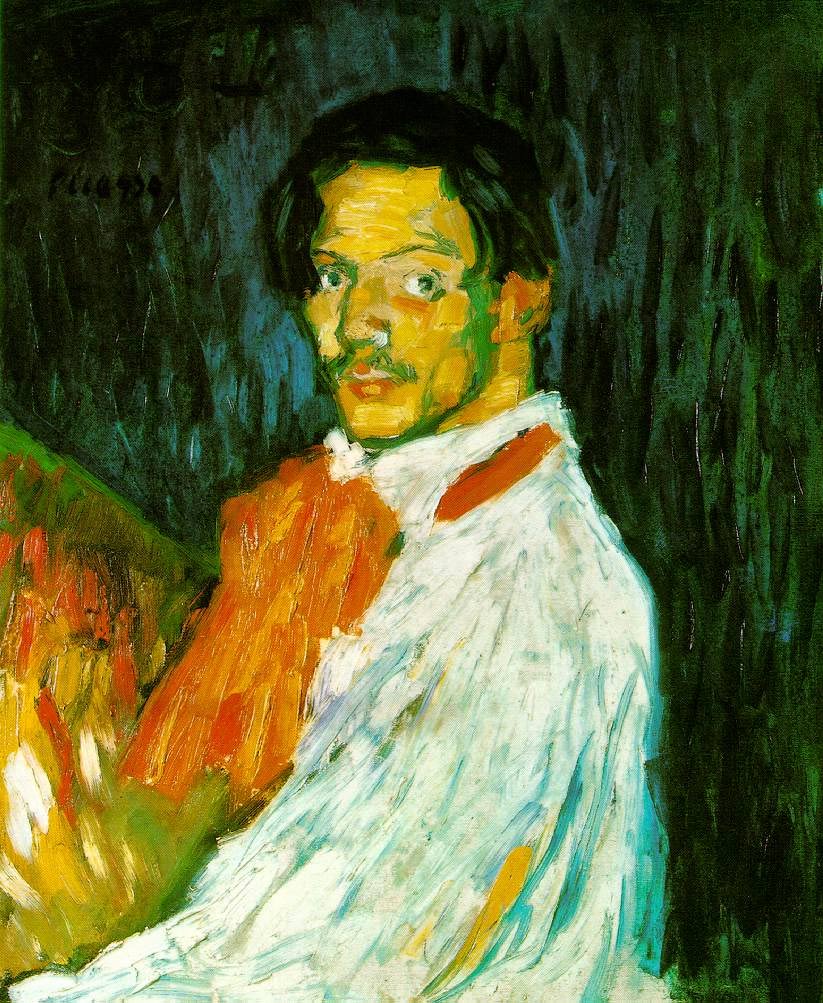


Piet Mondrian (Netherlands)
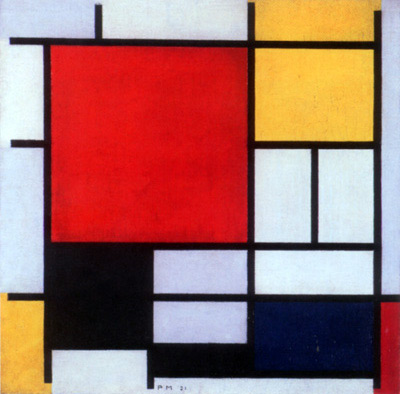
Marchel Duchamp (1887-1968, France)
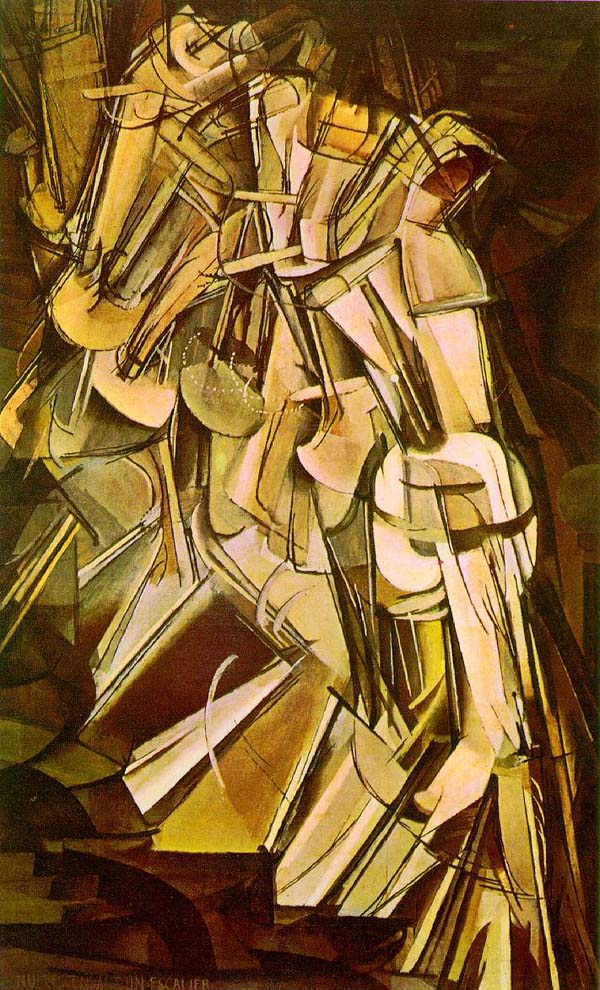
Nude Descending a Staircase (1912)
Matisse (1869-1954, France)
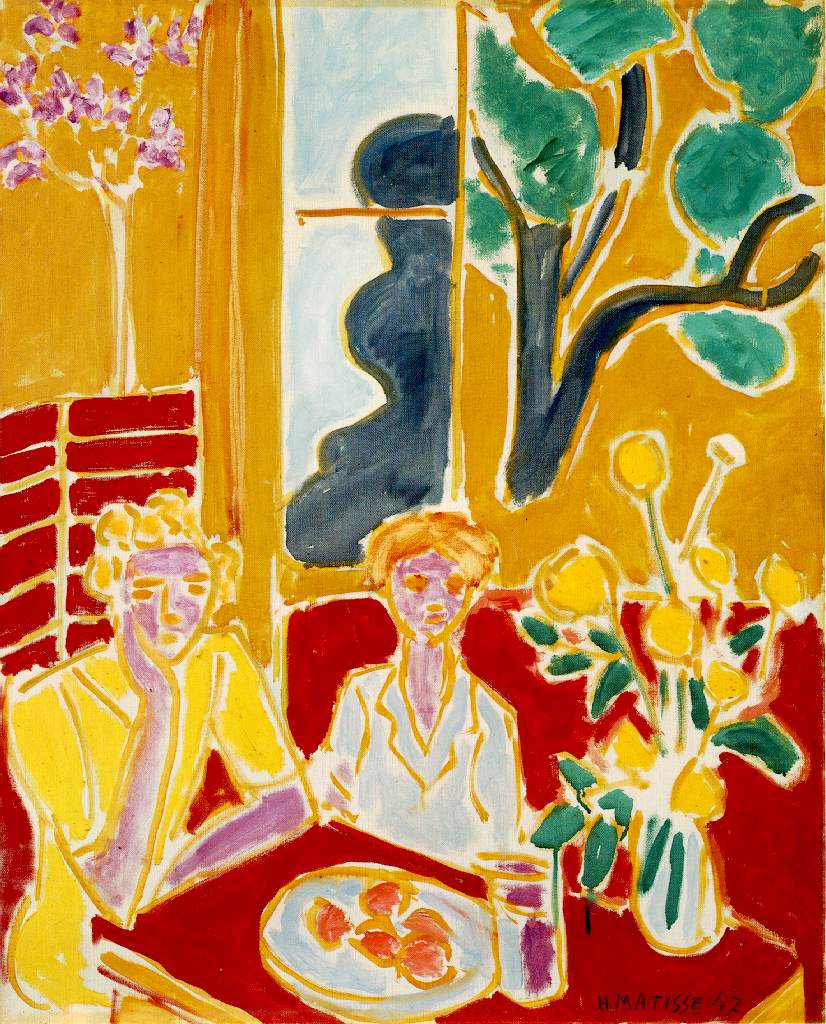
Two Girls in a Yellow and Red Interior (1942)
Marc Chagall (1887-1985, Belarussia)

Paris through a Window
Giorgio de Chirico
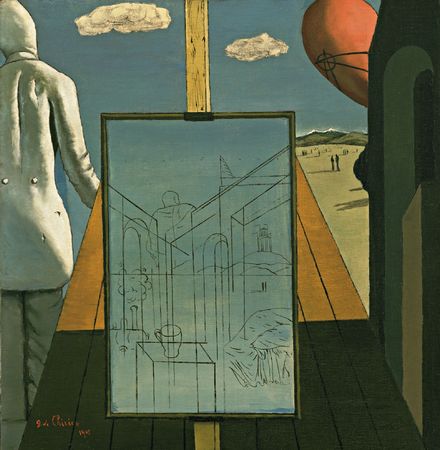
The Double Dream of Spring
Georgia O'Keefe
(USA)
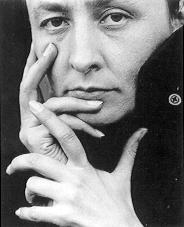
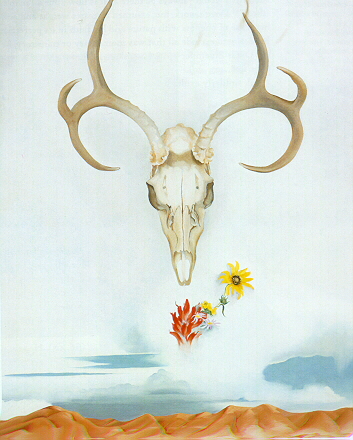
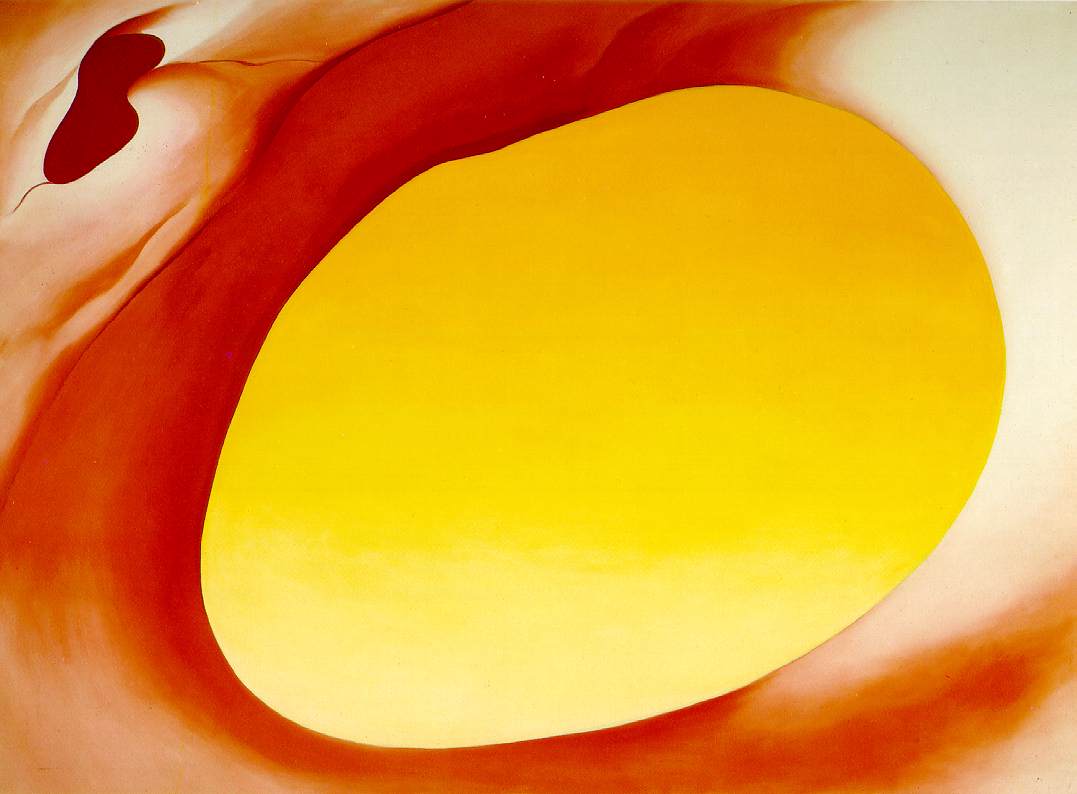
![]()
Modernist Architecture
Sagrada Familia Basilica
Barcelona, Catalonia, Spain
designed by Catalonian architect Antoni Gaudi (1852-1926)
under construction since 1882, completion target 2026
consecrated 7 November 2010 by Pope Benedict XVI
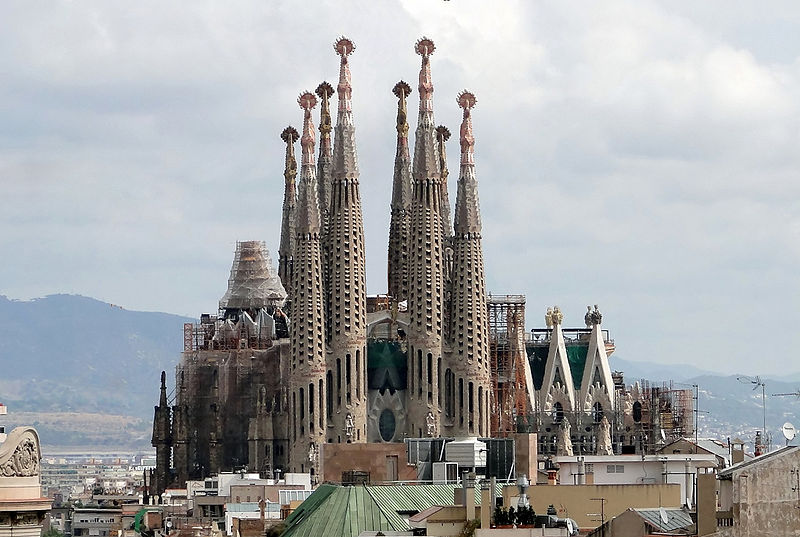
gothic influences modernized

Casa Vicens, Barcelona
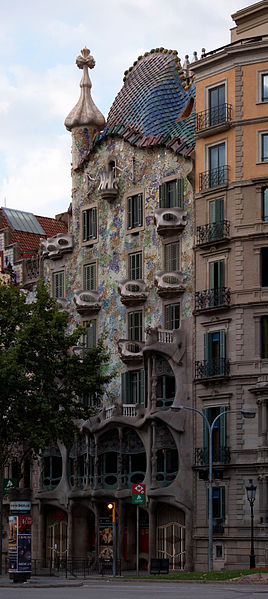
Casa Batillo

Parc Guell
